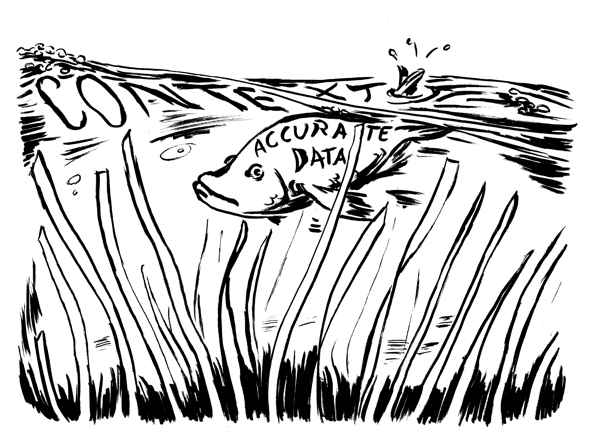Length of Data Collection Period
Tip: If there are differences across target populations in terms of the average length of time it takes to achieve project/program goals, consider:
- extending the period of the study;
- including benchmark measures/shorter term measures that are good predictors of the longer term outcomes; and
- scheduling follow-ups with a sample of participants.
Rationale: On average, students from racial and ethnic groups under-represented in STEM take longer to get through undergraduate school and graduate schools. The Council of Graduate Schools reported that White and Asian students took an average of 7.7 years to receive their PhDs while Black students took an average of 9.5 years. Some of these differences may simply be a reflection of differences in time-to-degree by field, minority students less likely than their respective counterparts to be in science and engineering fields where times-to-degree are shorter.1 The University of California reported that White students receive their bachelor's degree in, on average, 4.1 years, while Black and Latino students averaged 4.5 years.2 Nationally, 46% of majority STEM undergraduates completed their STEM degree in 5 years, compared to 27% of minority STEM undergraduates.3 Professional advancement for minority workers is also slower.4 If studies in these areas don't take the time differences into account, they will show larger race/ethnic differences than is actually the case.
1 Bell, N. (2010, March). Research report on data sources: Time-to-degree for doctorate recipients. Communicator, 1-3. Washington, D.C.: Council of Graduate Schools.
2 University of California. (2001). Undergraduate persistence, graduation & time-to-degree rates of first-time freshman students.
3 Huang, G., Taddese, N., & Walter, E. (2000). Entry and persistence of women and minorities in college science and engineering education (No. NCES 2000601). Washington, DC: National Center for Education Statistics.
4 Jackson, J. F. L., & O'Callaghan, E. M. (2011). Understanding employment disparities using glass ceiling effects criteria: An examination of race/ethnicity and senior-level position attainment across the academic workforce. Journal of the Professoriate, 5(2), 67-99.


